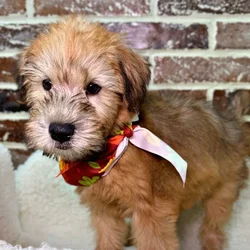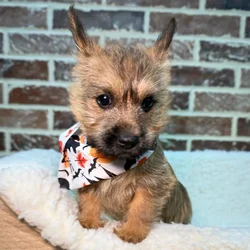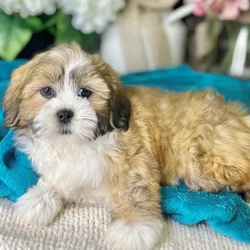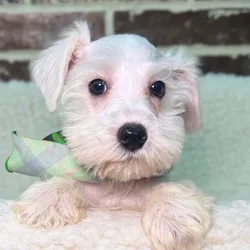Soft Coated Wheaten Terrier
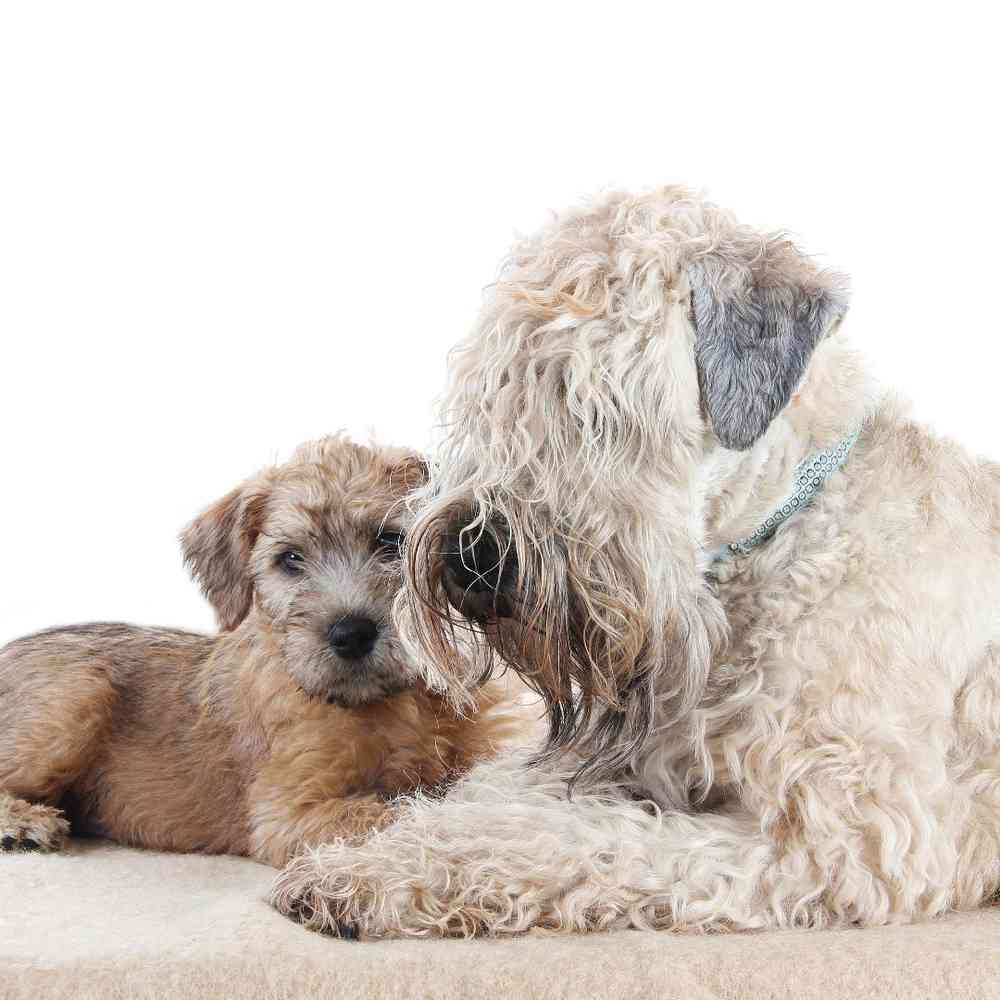
The Soft Coated Wheaten Terrier, an exuberant Irish farm dog, is happy, friendly, deeply devoted, and just stubborn enough to remind you he’s a terrier. The unique wheaten coat is low-shedding but needs diligent care to avoid matting.




Want to know more about Soft Coated Wheaten Terrier ?
Breed Traits
Group
Terrier
About
History
Standard
Nutrition
Grooming
Exercise
Training
Health
General Appearance
The Soft Coated Wheaten Terrier is a medium-sized, hardy, well balanced sporting terrier, square in outline. He is distinguished by his soft, silky, gently waving coat of warm wheaten color and his particularly steady disposition. The breed requires moderation both in structure and presentation, and any exaggerations are to be shunned. He should present the overall appearance of an alert and happy animal, graceful, strong and well coordinated.
Size, Proportion, Substance
Head
Neck, Topline, Body
Forequarters
Hindquarters
Coat
Color
Gait
Temperament



